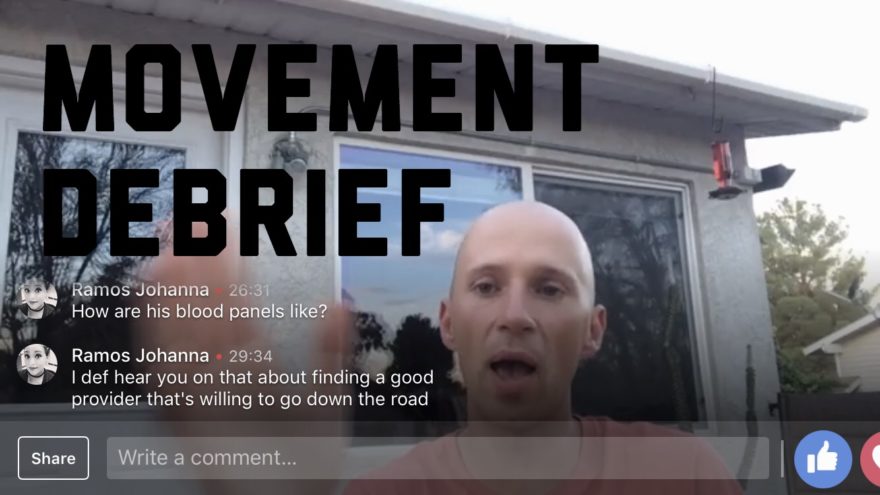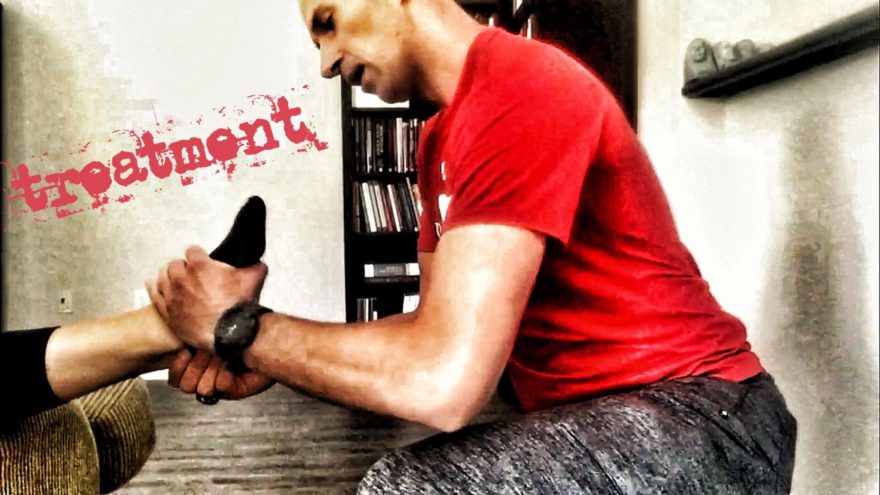Tag: ankle sprain
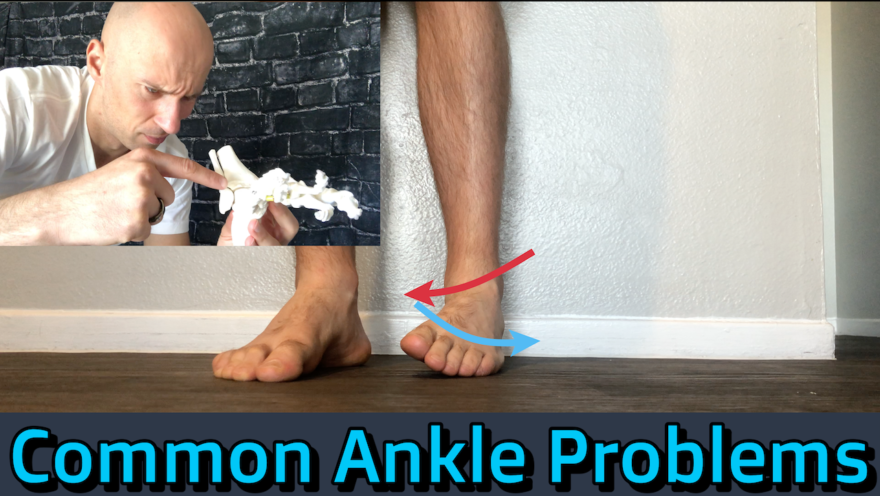
Common Ankle Problems
Let’s navigate through compensations seen not just the ankle, but up the chain! Do you have ankle problems? Done a…
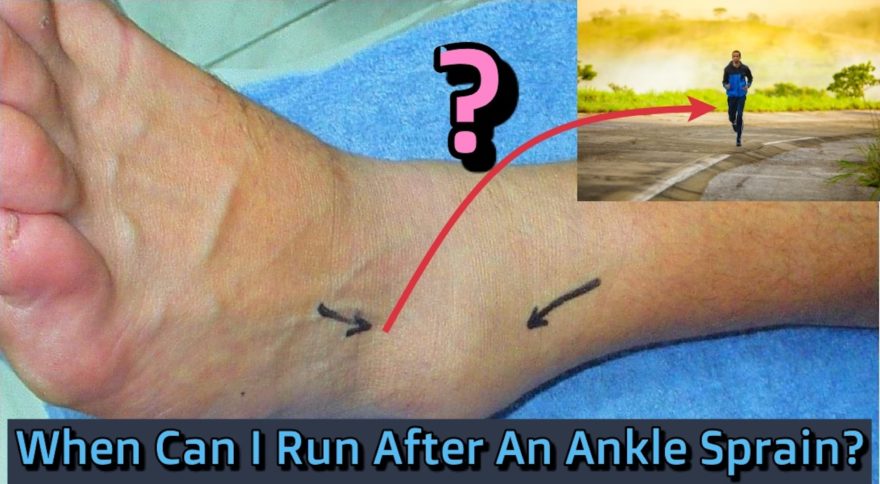
When Can I Run Again After an Ankle Sprain?
Ankle sprains are such a bugger and take some time to heal. But once you’ve let swelling and such run…
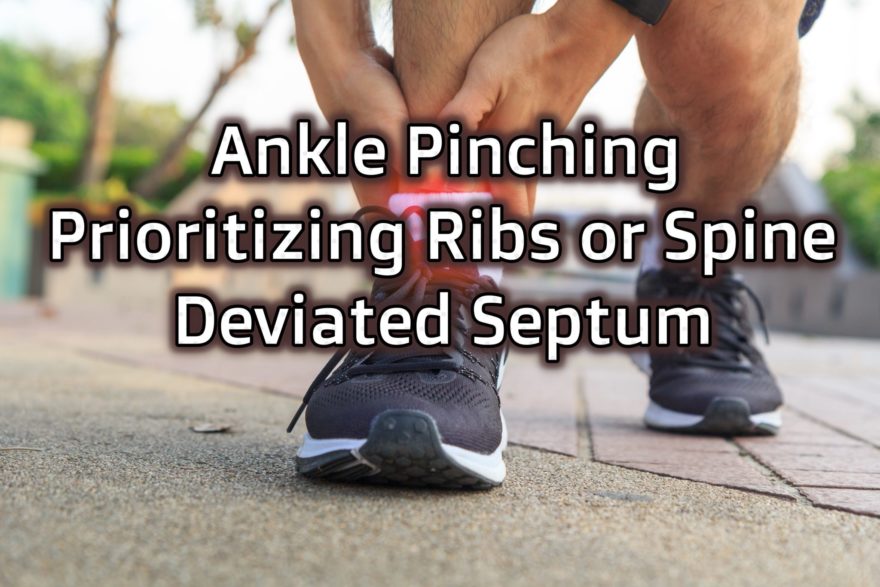
Ankle Pinching, Prioritizing Ribs or Spine, and Deviated Septum – Movement Debrief Episode 78
Movement Debrief Episode 78 is in the books. Below is a copy of the video for your viewing pleasure, and…

